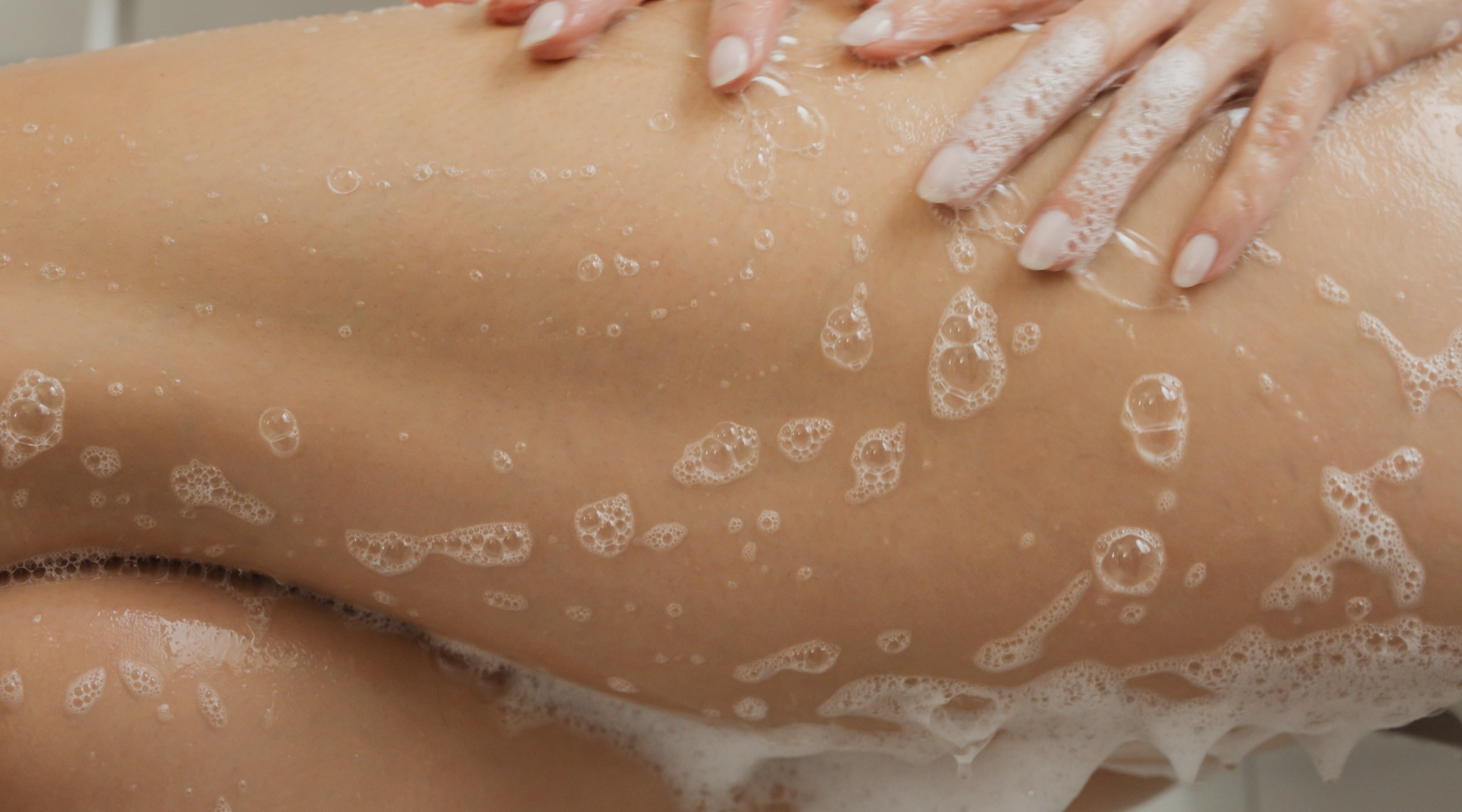
Cellulite 101: Types, Tips, and Tricks to Smooth Things Out
Let’s talk about something that many of us have experienced but might not fully understand—cellulite. It's a common condition that affects people of all shapes and sizes, men and women alike. You might notice its characteristic dimpled or lumpy appearance on areas like your thighs, buttocks, or abdomen. And here’s an important point: cellulite isn’t just about your body type or shape. It can appear whether you’re slender or fuller-figured.
In this article, we’ll delve into everything cellulite, exploring the different types, understanding how it forms, and discussing practical strategies for managing it.
The Different Types of Cellulite
Cellulite isn’t one-size-fits-all; it comes in several forms, each with its characteristics. Understanding the type of cellulite you have can help you tailor your approach to managing it more effectively. Here are the three main types:
- Soft Cellulite (Adipose Cellulite): Found in areas with more fat accumulation, such as the thighs and buttocks. The skin appears soft and sags slightly.
- Hard Cellulite (Fibrous Cellulite): Common in athletes or those with muscle mass, hard cellulite is firmer to the touch and harder to see. It's often found around the hips and outer thighs.
- Edematous Cellulite: Less common and linked to poor circulation. It causes swelling and puffiness, often in the legs, and can be quite painful.
How and Why Cellulite Forms
Cellulite forms when fat deposits push through the connective tissue beneath the skin. Several factors contribute to this process:
- Genetics: Your genes play a significant role in the development of cellulite, influencing skin structure, body fat distribution, and circulation.
- Hormones: Hormonal changes, particularly involving estrogen, can affect fat distribution and connective tissue, making cellulite more visible.
- Lifestyle: Diet, exercise, stress, and sleep all impact the appearance of cellulite. Poor diet and lack of exercise can lead to fat accumulation, while high stress levels and lack of sleep can affect circulation and skin health. Additionally, diets high in sugar and processed foods can contribute to cellulite formation. These foods can lead to weight gain and fat accumulation, as well as inflammation and reduced skin elasticity, all of which can exacerbate the appearance of cellulite.
- Age: As we age, skin loses elasticity, making cellulite more noticeable. Additionally, hormonal changes during menopause can exacerbate cellulite.
A Comprehensive Approach to Managing Cellulite
While there's no absolute cure for cellulite, adopting a holistic 360-degree approach can significantly improve its appearance – by including lifestyle changes, advanced technologies, tools, hydration, supplements, and effective products. Here are some things to consider when tackling cellulite:
Lifestyle Changes
To effectively manage cellulite, starting with some fundamental lifestyle changes can make a significant difference. These changes not only improve your overall health but also enhance the appearance of your skin. Here’s what you can do:
- Diet: Eating a balanced diet rich in fruits, vegetables, lean proteins, and whole grains can help maintain a healthy weight and reduce fat accumulation. Foods high in antioxidants, like berries and leafy greens, can also improve skin health.
- Exercise: Regular physical activity, particularly strength training and cardiovascular exercises, can reduce fat and build muscle, making cellulite less noticeable. Squats, lunges, and cycling are particularly effective.
- Sleep: Quality sleep is essential for overall health, including skin health. Aim for 7-9 hours of sleep per night to support cellular repair and circulation.
- Stress Management: High stress levels can negatively impact circulation and skin health. Yoga, meditation, and breathwork therapies can help manage stress and improve overall well-being.
Hydration and Supplements
Staying hydrated is crucial for maintaining healthy skin and reducing the appearance of cellulite. Drinking plenty of water helps flush out toxins, improve circulation, and keep your skin looking plump and smooth. Aim for at least 8 glasses of water a day to support overall skin health.
Certain supplements can also aid in the fight against cellulite:
- Omega-3 Fatty Acids: Found in fish oil and flaxseed oil, these fatty acids help improve skin elasticity and reduce inflammation.
- Collagen Peptides: Supplements can boost your body's collagen production, leading to firmer and smoother skin.
- Vitamin C: Essential for collagen synthesis, vitamin C can help strengthen your skin and reduce the visibility of cellulite.
Advanced Technology Treatments
One effective technological treatment for cellulite that I love is the Exilis Ultra 360. This non-invasive procedure combines radiofrequency and ultrasound to tighten skin and reduce fat. Typically, a treatment package consists of 6-8 sessions performed weekly. Results are usually visible within 3-6 months, with improved skin texture and reduced cellulite.
Massage and Tools
Massage techniques, particularly lymphatic drainage and other palpate-roll methods, can improve circulation and reduce fluid retention. Tools to look for include:
- France Laure's Aqua Laure Roller
- Dr. Barbara Sturm's The Body Brush (soft or medium)
- The Skinny Confidential's Le Spoon Body Sculptor
- De La Heart's The Body Tool
Topical Products
Professional-grade topical products are a must and can also improve the appearance of cellulite. Some recommended products are:
- Environ's Tri-Complex Contouring Cream
- France Laure's Circadian CryoGel - Aqua Laure
- Mary Cohr's Multi Slim Cream
- Davincia's Silweta Lipotonic Gel
- Biologique Recherche's Lipogen AC
- Cellcosmet's CelluTotal-XT
- Valmont's D. Solution Booster
Ingredients
When choosing topical products to tackle cellulite, look for ingredients that have been shown to improve skin texture and circulation. Some effective ingredients include:
- Caffeine: Known for its ability to tighten skin and reduce the appearance of cellulite by improving blood flow and breaking down fat cells.
- Retinol: A form of Vitamin A that helps to thicken the skin, making cellulite less visible.
- L-Carnitine: Helps to break down fat cells and boost metabolism, which can reduce the appearance of cellulite.
- Centella Asiatica (Gotu Kola): Improves skin elasticity and stimulates collagen production, which can smooth out cellulite.
- Hyaluronic Acid: This keeps the skin hydrated and plump, reducing the appearance of cellulite.
- Green Tea Extract: Rich in antioxidants, it helps to improve skin health and reduce fat storage.
- Collagen: Supports skin structure and improves firmness, making cellulite less noticeable.
Celebrate and Care for Your Body
Ultimately, while these strategies can help reduce the appearance of cellulite, it's essential to celebrate and care for your body. Striving for perfection isn't the goal; what truly matters is treating your body with love and acceptance. Nourish yourself with nutritious foods, stay active, and practice self-care. Embrace your unique features, as these differences make us all uniquely beautiful.
Cellulite is a very common and natural condition that can affect anyone. By understanding its causes and adopting a holistic approach, you can improve its appearance and feel more confident in your skin. Celebrate your body, work with it, and always remember that self-love and acceptance are the keys to claiming your beauty.
Until next time,
Beate

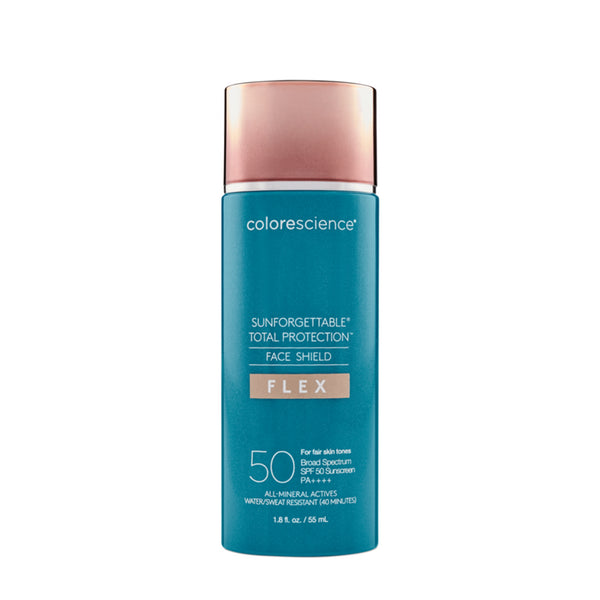
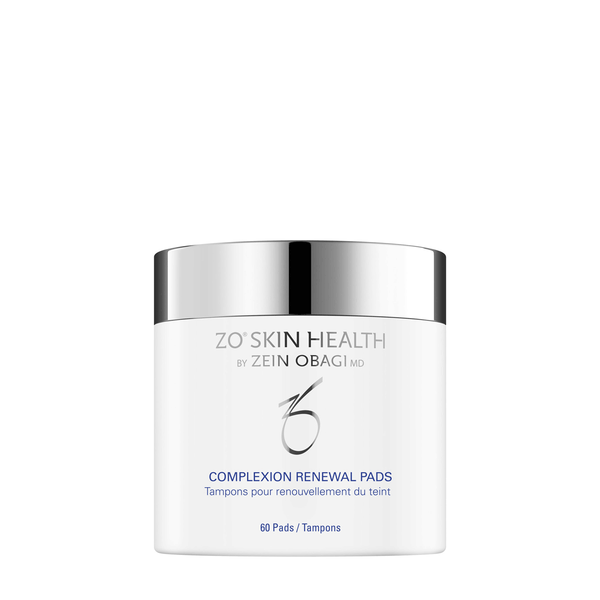
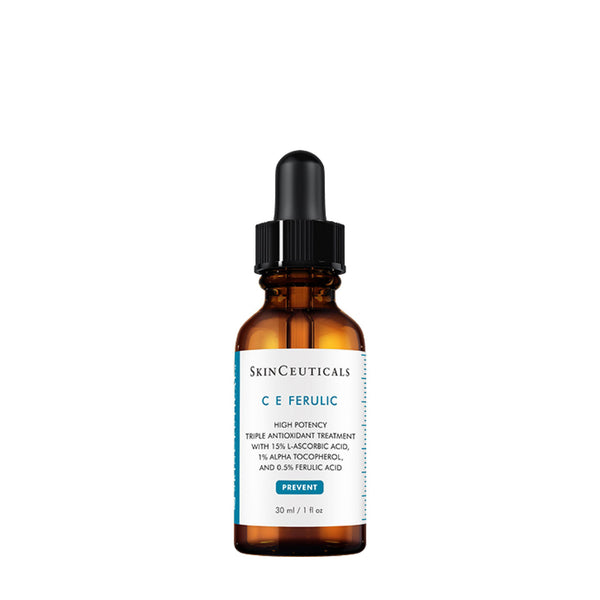
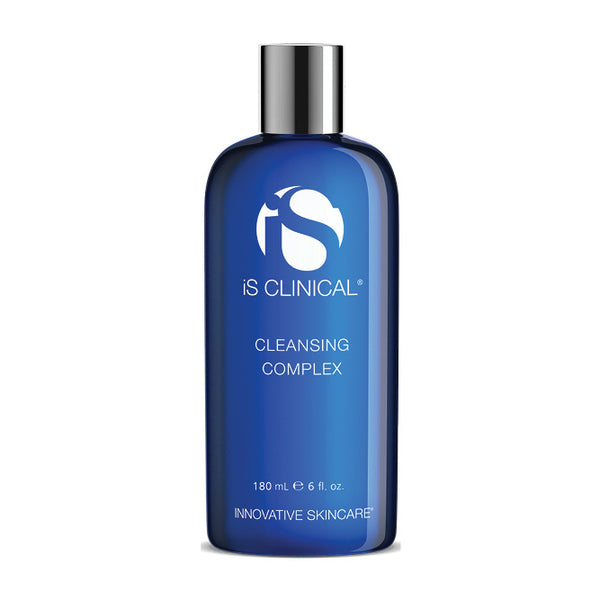
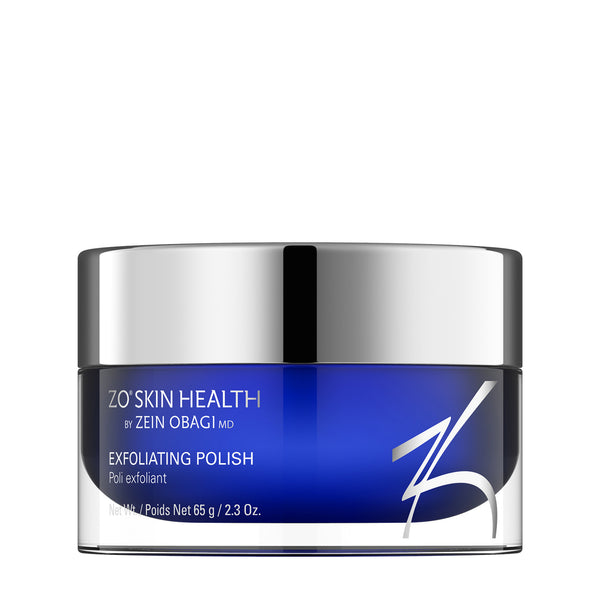




Leave a comment